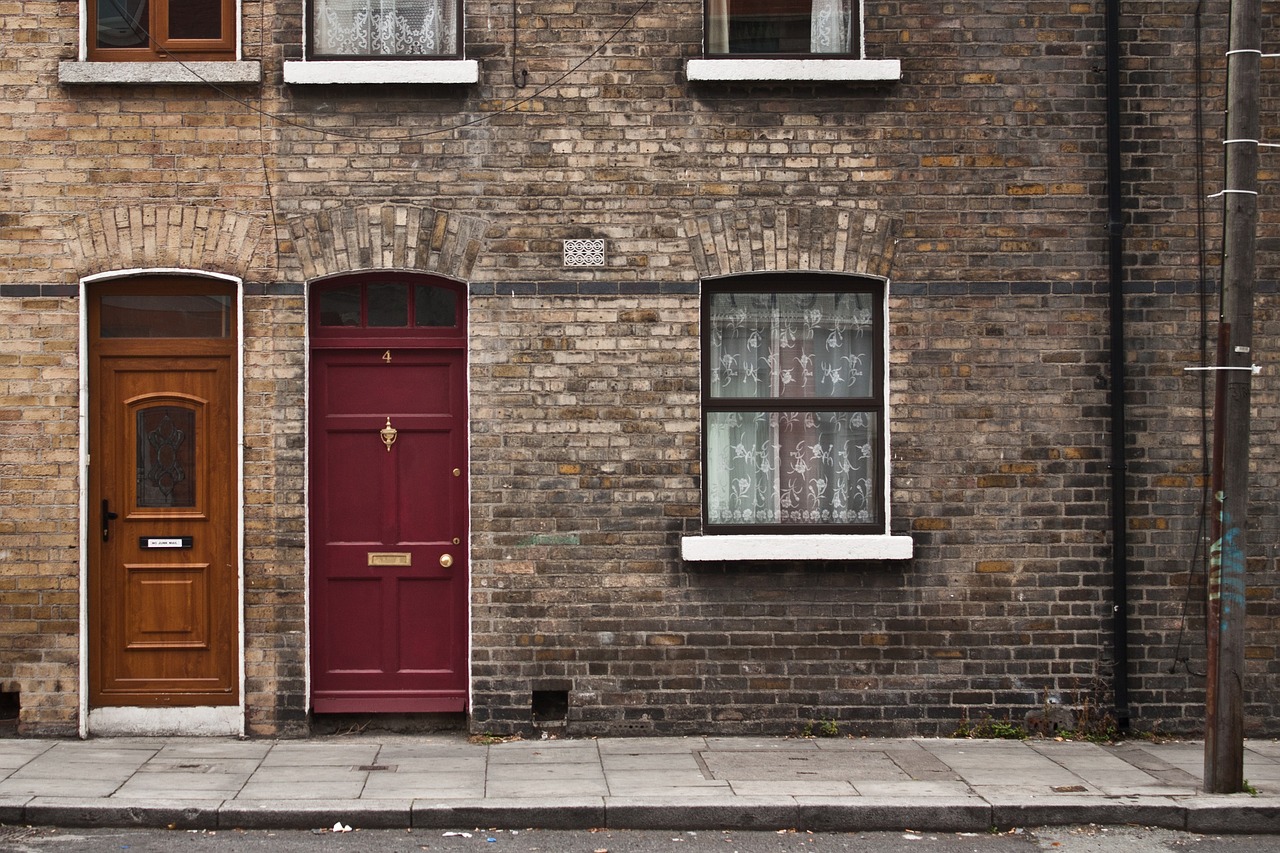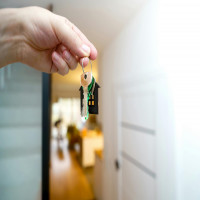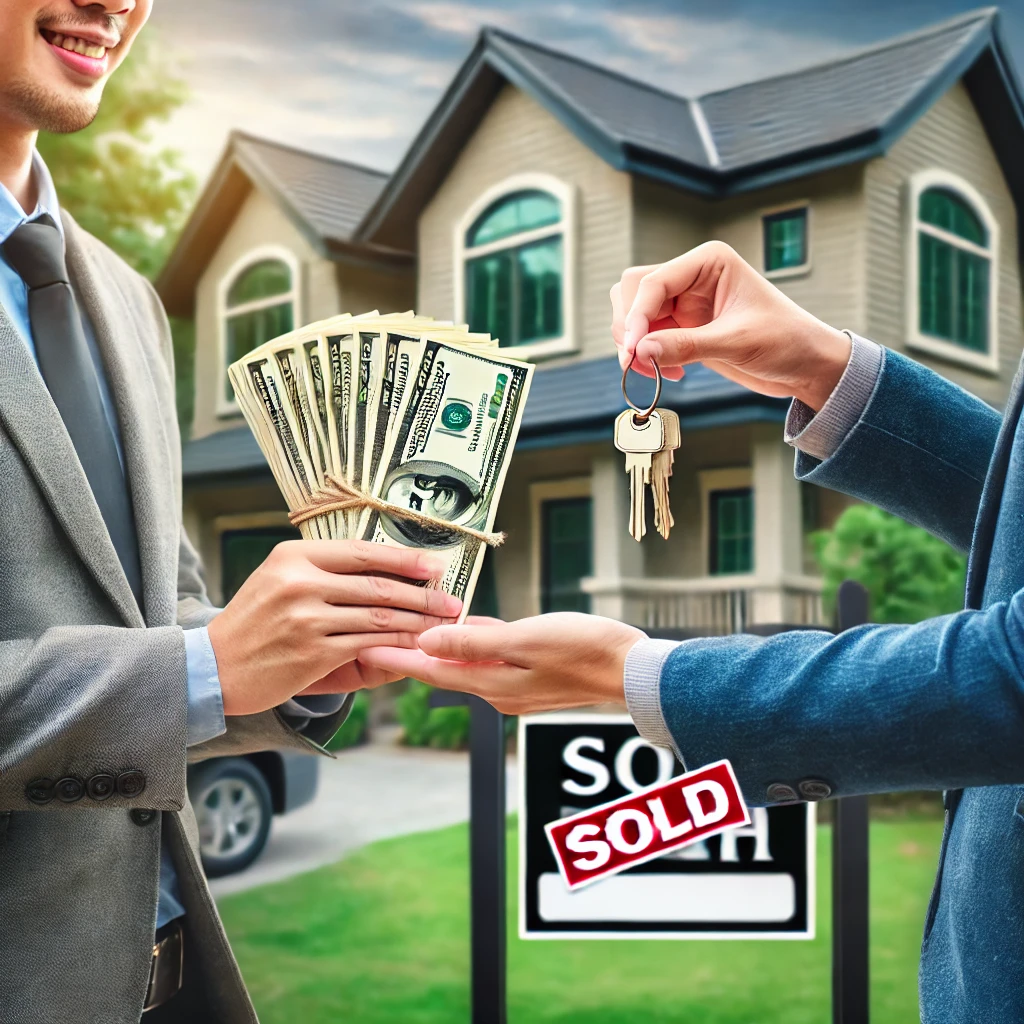What Is an NYC Sidewalk Violation and How Can You Resolve It?

Strong 8k brings an ultra-HD IPTV experience to your living room and your pocket.
New York City sidewalks are among the busiest pedestrian corridors in the country. With millions of residents, workers, and tourists navigating these walkways daily, maintaining safe, smooth, and hazard-free sidewalks is critical. However, due to weather, tree roots, wear and tear, and other factors, sidewalk damage is common throughout the city. To address this, New York City has a legal framework in place to ensure sidewalks are properly maintained, which includes the issuance of sidewalk violations. Understanding what an NYC sidewalk violation entails and how to resolve it is essential for property owners and managers throughout the five boroughs.
What Is an NYC Sidewalk Violation?
An NYC sidewalk violation is an official notice issued by the New York City Department of Transportation (NYC DOT) when a sidewalk adjoining a property is deemed unsafe or damaged. Unlike typical traffic or parking tickets, these violations do not carry fines or penalties at the time of issuance. Instead, they serve as a formal notification that the property owner is responsible for repairing the sidewalk.
The underlying principle of these violations is based on New York City’s legal responsibility rules: property owners are required to maintain the sidewalks adjacent to their properties. This means that if a sidewalk is cracked, broken, uneven, or otherwise hazardous, the owner must take steps to repair it to prevent injuries and comply with city regulations.
Sidewalk violations are commonly issued for a variety of defects including cracks, tripping hazards, broken or missing slabs, spalling concrete (where the surface flakes or peels), and tree root damage. They can be triggered by routine inspections conducted by the city or by reports from pedestrians, neighbors, or businesses.
Why Sidewalk Violations Matter
Although a sidewalk violation might initially seem like a simple notice, ignoring it can lead to serious consequences. One key reason these violations matter is public safety. Sidewalk defects can easily cause falls, sprains, and other injuries, particularly to vulnerable populations such as elderly residents or those with disabilities. By enforcing sidewalk repairs, the city helps to reduce these risks and keep pedestrian areas safe.
From a legal standpoint, sidewalk violations also carry financial risks. If a property owner neglects the repair and someone is injured due to the hazardous condition, the owner may be held liable in a lawsuit. In such cases, the existence of an unresolved sidewalk violation can be used as evidence of negligence, which can increase legal exposure and potential damages.
Furthermore, failing to address a sidewalk violation can lead to the city stepping in and performing the repair work on the owner’s behalf. After completing the repair, the city will bill the property owner for the cost of labor, materials, and administration fees. If these bills go unpaid, they can become liens on the property and complicate future sales or financing.
How to Respond to an NYC Sidewalk Violation
When a property owner receives a sidewalk violation, they typically have 75 days to address the problem. The first step is to carefully review the violation notice, which includes details about the location of the sidewalk and the specific nature of the damage.
Property owners should then arrange for an inspection or estimate from a licensed sidewalk repair contractor. It is important to choose a contractor who understands New York City’s sidewalk specifications and building codes to ensure the repairs are compliant.
After obtaining a quote, the owner can schedule the necessary repairs. In many cases, the work involves removing and replacing damaged concrete slabs, grinding down raised edges, or filling cracks. If tree roots are involved, additional work such as root pruning or installing root barriers might be required to prevent future damage.
Options for Sidewalk Repair
Property owners can hire a private contractor to perform the repairs, which allows for more control over scheduling and workmanship. Many contractors in New York specialize in sidewalk repair and can assist with the permitting process.
Alternatively, some property owners may choose to participate in the NYC DOT’s Sidewalk Repair Program. This program offers a list of approved contractors who provide repairs at standardized rates and meet city standards. Using these contractors can sometimes streamline the process and help ensure timely completion.
In some situations, property owners may apply for exemptions or request an extension if they are unable to make repairs within the 75-day window. For example, if the violation is related to a street tree, the owner can coordinate with the city’s forestry department to address the root issue. Documentation and proper communication with city agencies are crucial in such cases.
Preventing Future Sidewalk Violations
The best way to avoid receiving sidewalk violations is to stay proactive about maintenance. Regularly inspecting your sidewalks for small cracks, uneven slabs, or root intrusion can catch problems before they become major hazards.
Routine cleaning, proper drainage management, and timely sealing of minor cracks can extend the life of concrete sidewalks. Additionally, when planting new trees near sidewalks, choosing species with less invasive root systems and installing root barriers can prevent costly damage.
For property owners in New York City, understanding their legal responsibilities and maintaining safe walkways helps protect pedestrians, reduces liability risks, and preserves property value.
Conclusion
An NYC sidewalk violation is a serious notice that requires prompt attention from property owners. While it does not immediately impose fines, it signals the legal and safety responsibility to maintain safe sidewalks. Ignoring such a violation can lead to costly city repairs, liens on the property, and increased liability for injuries.
By responding quickly, hiring qualified contractors, and practicing regular sidewalk maintenance, property owners can resolve violations efficiently and keep their properties compliant with city regulations. In doing so, they contribute to the overall safety and accessibility of New York City’s bustling pedestrian environment. For property owners seeking expert guidance and reliable solutions, Nycsidewalkviolations.com is the go-to resource for navigating New York City’s complex sidewalk violation process.
Note: IndiBlogHub features both user-submitted and editorial content. We do not verify third-party contributions. Read our Disclaimer and Privacy Policyfor details.



